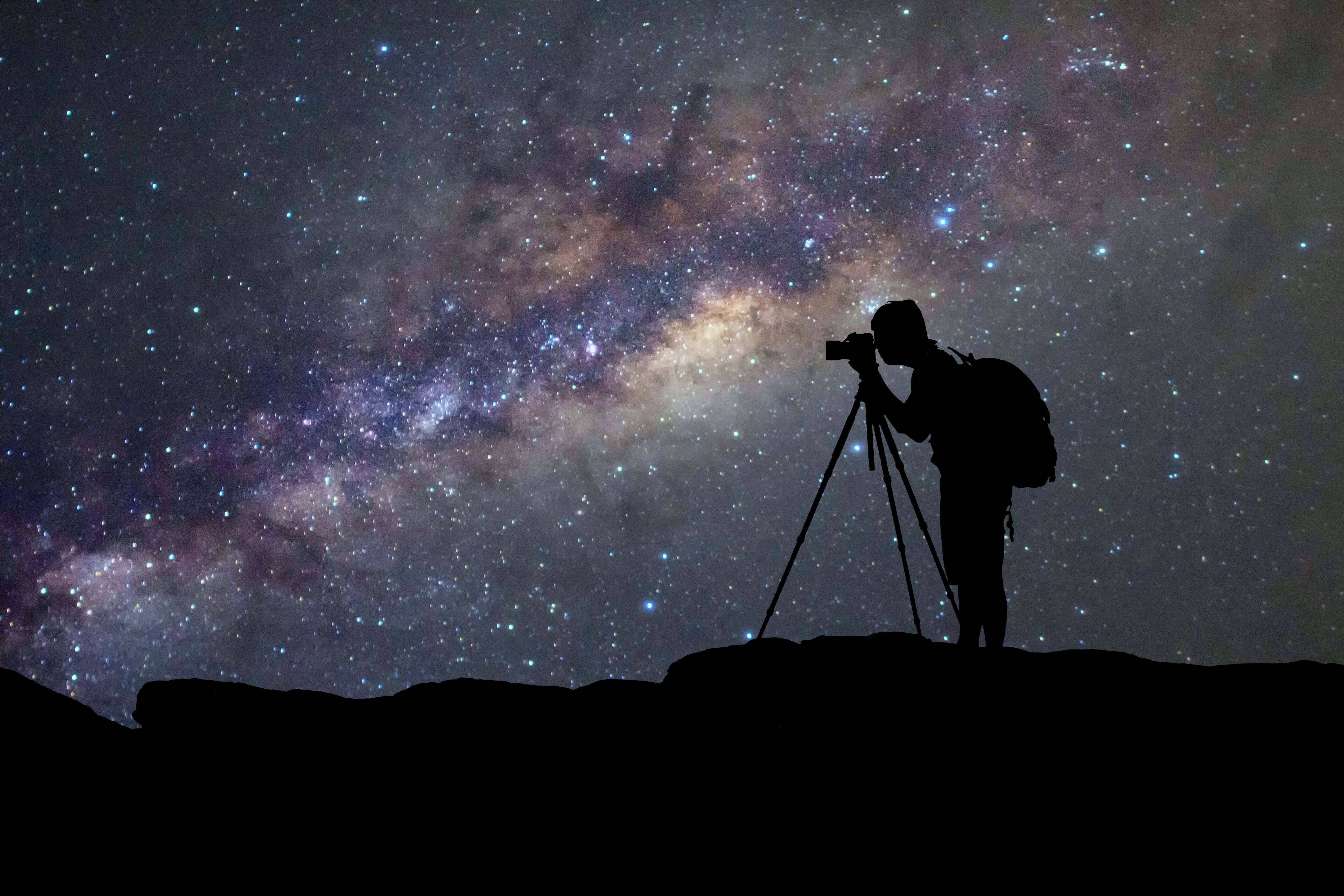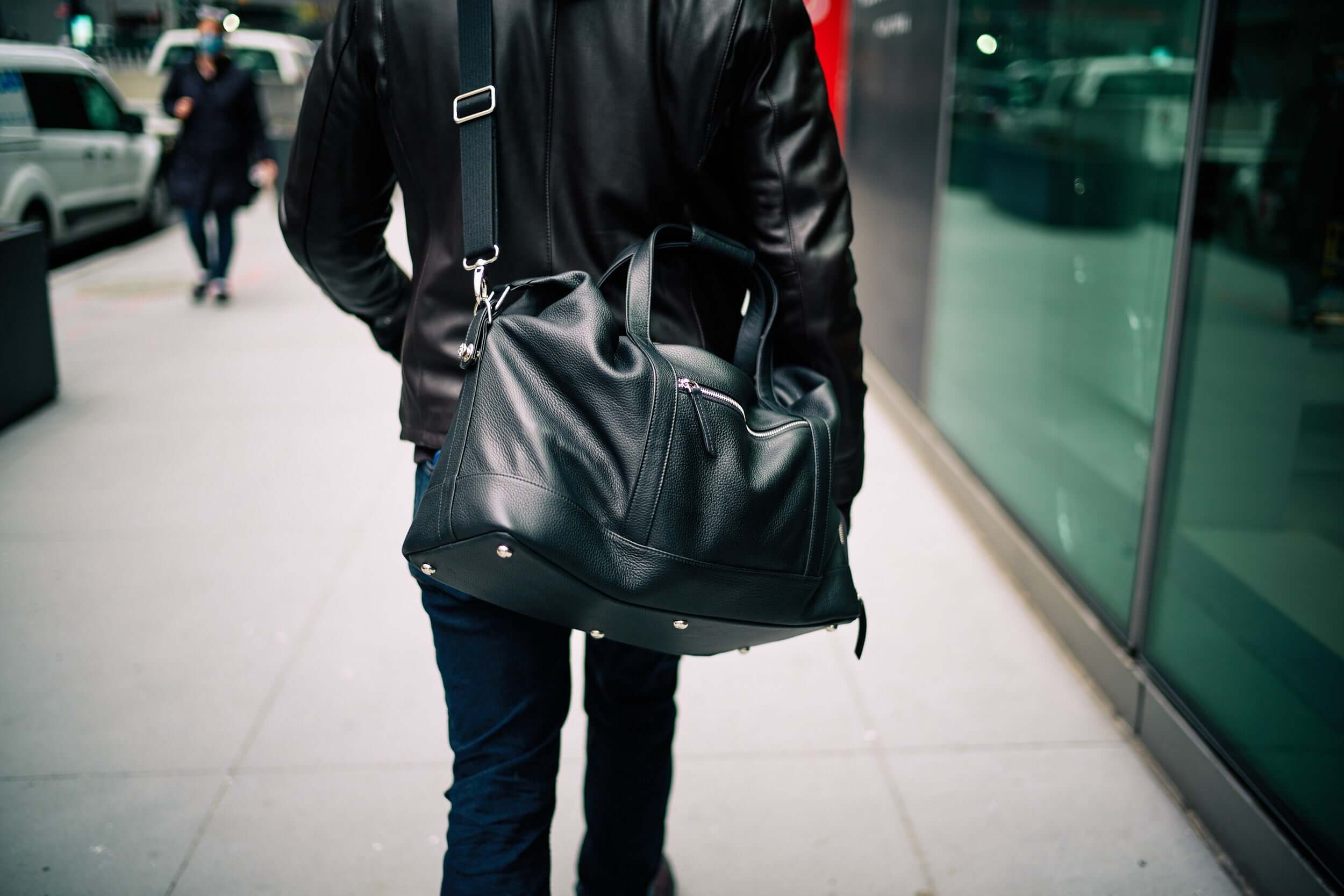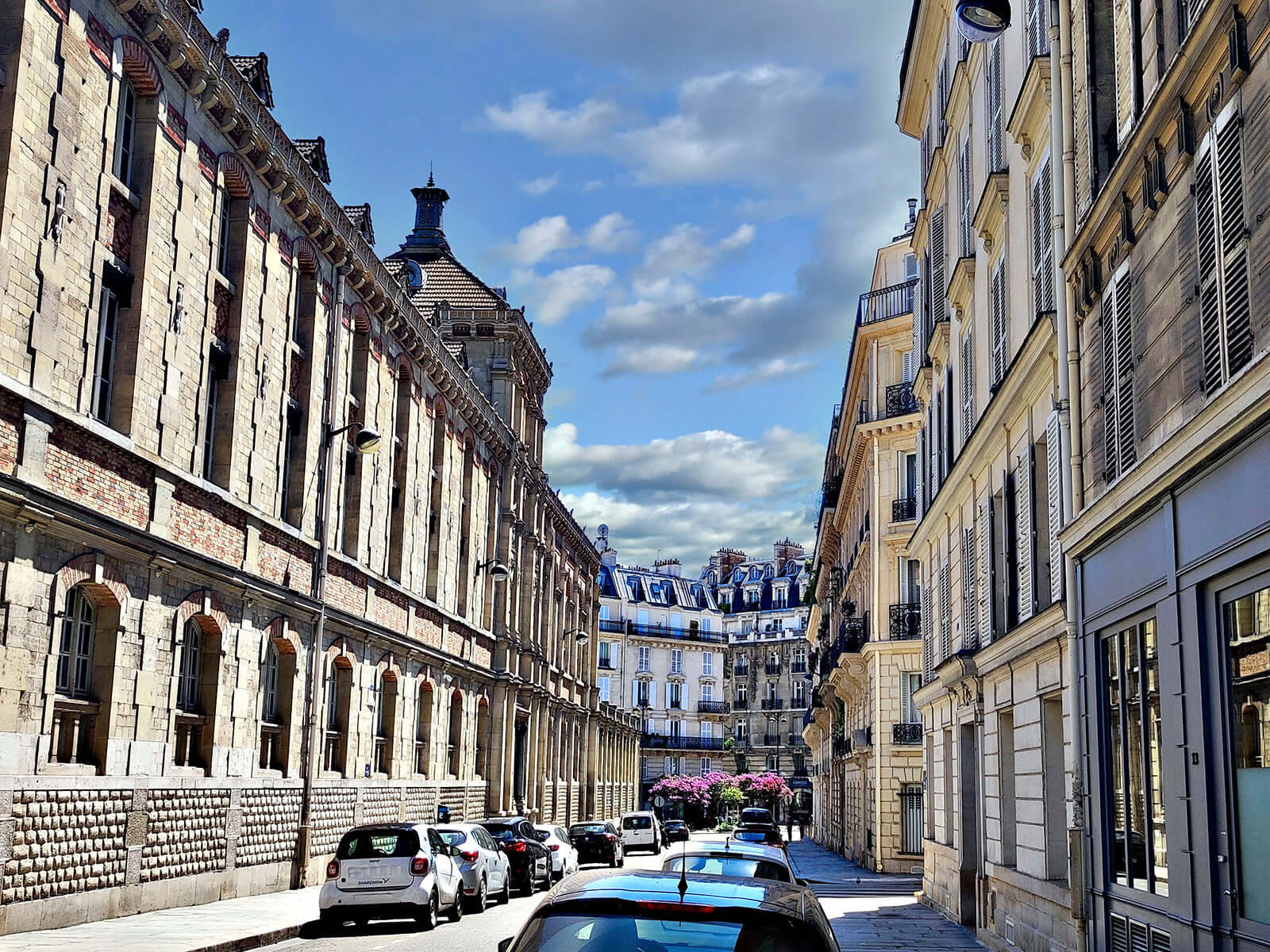
Night sky photography with Leica: tips for breathtaking astrophotography
Leica is a German company known for its high-quality cameras and lenses. The company was founded in 1914 and has a long history in photography. The brand has played a significant role in the development of 35mm cameras and is known for its innovations. With quality "Made in Germany", Leica focuses on reliability, robustness and razor-sharp images.
When it comes to optics, Leica attaches great importance to the quality of its lenses. Leica camera lenses are considered some of the best on the market and are valued by photographers worldwide for their sharpness, contrast and color reproduction. These qualities make Leica cameras and lenses perfect for the most demanding photographic tasks, such as astrophotography.
Leica embodies craftsmanship. Leica cameras are often regarded as handmade precision instruments. Leica also impresses with its timeless and minimalist design. The combination of aesthetics and functionality has made Leica an icon in the world of photography. In addition, Leica only produces some products in a limited and very small number, which increases the exclusivity of the brand.
You can also find the right camera bag for your equipment and everything you need to protect your camera in our Oberwerth Shop. From classic camera bags to modern sling bags up to noble photo weekenders and backpacks. Of course you will also find hand straps and shoulder straps. Finest craftsmanship made from the best materials. Take a look around and find the bags & accessories that best suit you and your equipment!
Astrophotography is one of the most demanding challenges in the field of photography. You can only produce high-quality images if you have good equipment and know your way around it. Leica therefore produces the majority of its cameras and optics in Germany. The main production facilities are located in Wetzlar and Solms. Whether you are an amateur photographer or a professional: Leica is therefore perfect for you to take pictures of the night sky.
Astrophotography with Leica is considered a special discipline of long exposure photography. There are a few points to consider in order to be successful with your first Leica night sky photography shots. It is important to note that you will have to experiment a lot and check various settings, especially at the beginning of astrophotography with Leica. For this reason, the following guide will help you to find the best settings right from the start.
Leica astrophotography guide
To help you achieve breathtaking astrophotography with Leica, we have summarized the most important points for you in the form of a "Leica Astrophotography Guide". We have kept the points general, as they may vary for different models and cameras.
Step 1: Use high-quality lenses. With Leica, you have made the right choice.
Step 2: Manual focus: Set the focus manually, especially if you want to capture stars or other celestial objects. You can also use the "Live View mode" to ensure that the focus is precise.
Step 3: Use a large aperture with a small f-number. Choose a large aperture to capture more light. This is crucial for capturing faint celestial objects in the dark.
Step 4: Use the long exposure. Use longer exposure times to capture more light. This is especially important when shooting starry skies, galaxies or nebulae. Simply experiment with different exposure times and take your time to look at the images. If the exposure time is too high, motion blur will occur.
Step 5: Use low ISO values. Leica cameras often offer impressive image quality even at higher ISO values. Nevertheless, you should use low ISO values whenever possible to minimize image noise. Where does the image noise come from? You need a certain amount of light to create an image on a digital sensor. Key points such as the aperture, the sensor sensitivity or the exposure time are the basic conditions. However, if images of the Milky Way or similar celestial bodies are to be taken, the sharpness of movement gets in the way, as the earth is moving. The exposure time helps you to minimize or compensate for the sharpness of movement caused by the Earth's rotation. You can choose ISO values between 800 and 3200 for experimentation. (Ref. [2]) This applies above all to cameras with 35 mm sensors with a size of 36 × 24 mm, such as those installed in the Leica Q, M10. The ISO values should be increased gradually depending on the result.
Step 6: Activate mirror lock-up or electronic shutter. This minimizes possible vibrations caused by the mirror bounce.
Step 7: Try it out and adjust the parameters as described above.
Night photography tips with Leica
For even better astrophotography with Leica, we have put together a few tips for you.
- You should minimize light pollution and choose a location that is as dark as possible. This is particularly challenging in urban areas such as cities. This will allow you to capture more stars and celestial objects.
- You should also make sure you use a good tripod. A tripod prevents the shot from blurring. It should stand securely and not be shaken by environmental influences such as wind.
- In terms of settings, you should try to use manual focus in low light. Autofocus may not be reliable enough in low light. Use the Live View mode to focus on a bright star or a distant point of light.
- Gradually optimize your ISO settings by starting at a low ISO value and then gradually increasing it to capture more light. You should make sure that you do not create too much image noise. It is important to find the best balance between light sensitivity and image quality. You can also try the following setting for Leica if you get stuck: D810, 20 mm, f/1.4, 20s, ISO 3200 D810. 20 mm, f/1.4, 15s, ISO 3200
- Tips against camera shake: Use remote shutter release or a remote or self-timer to minimize camera shake when you press the shutter release yourself.
- Tips for a suitable day: Clouds can significantly impair astrophotography. You should therefore take a close look at the weather and choose a clear night for the perfect shot.
- Another important tip is that you can learn editing techniques for a stunning shot. Editing plays an important role in astrophotography.
Keep in mind that stunning astrophotography with Leica requires a lot of patience and experimentation.
Finally, when choosing your camera, look for models that can be extended with accessories and good lenses. This will enable you to increase the flexibility and range of functions of your camera. If you choose the Leica brand, you can rely on it.
Summary - Astrophotography with Leica
The Leica brand has a lot of experience in the field of photography and delivers quality "Made in Germany". It has made a name for itself for years in the field of astrophotography and stands for reliability and quality. If you want to take high-quality pictures and value ease of use, the Leica night sky photographer is a must. You have many setting options and can choose from a wide range of accessories and high-quality lenses. Leica therefore offers you the perfect equipment for breathtaking night sky shots.

